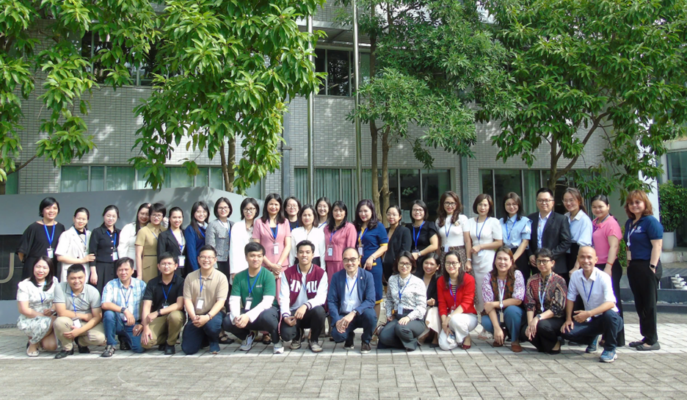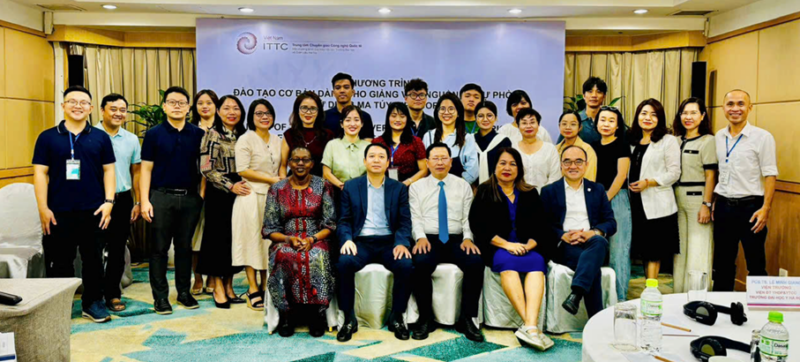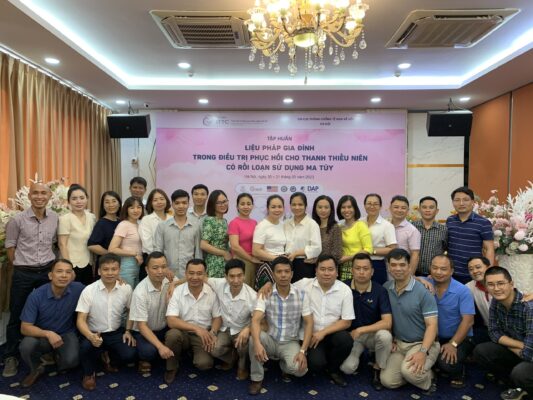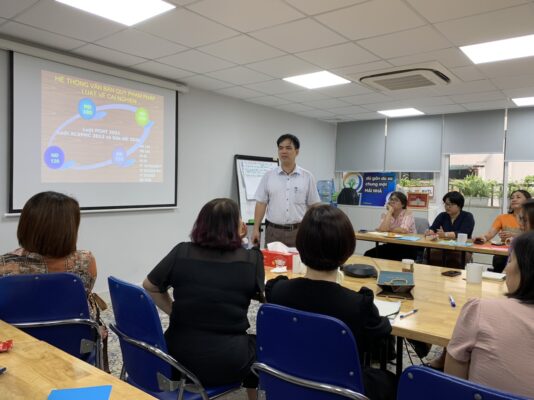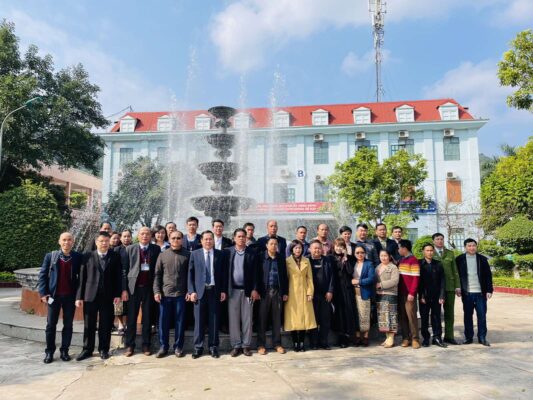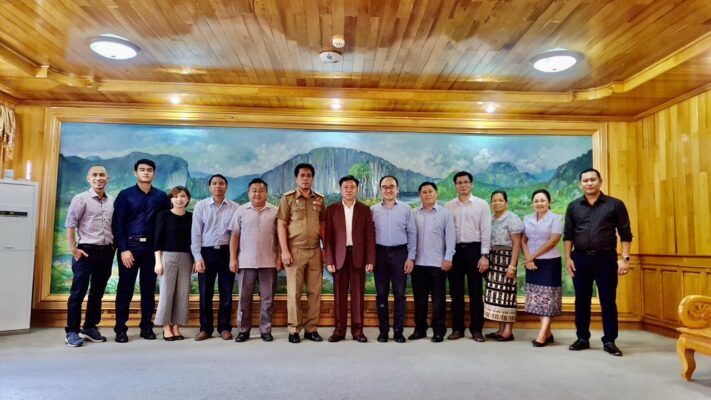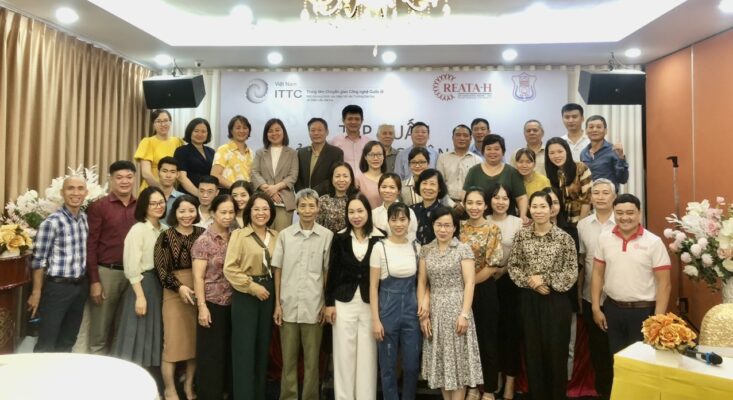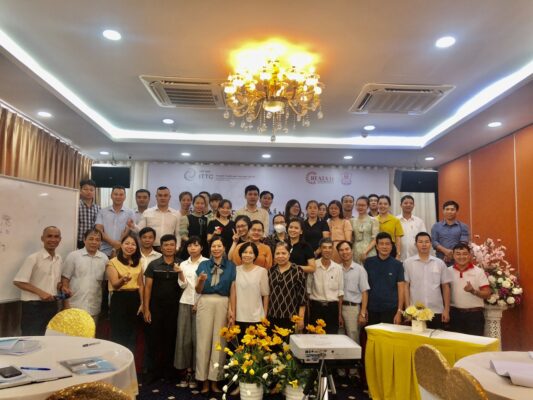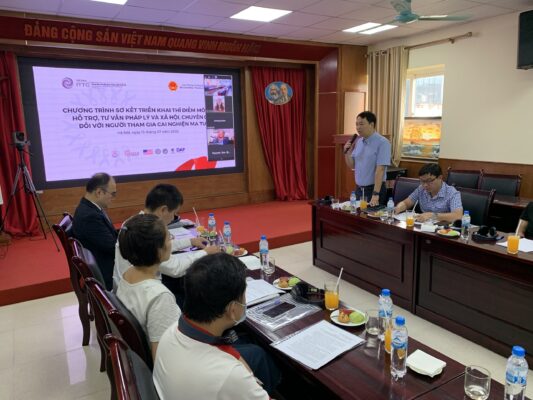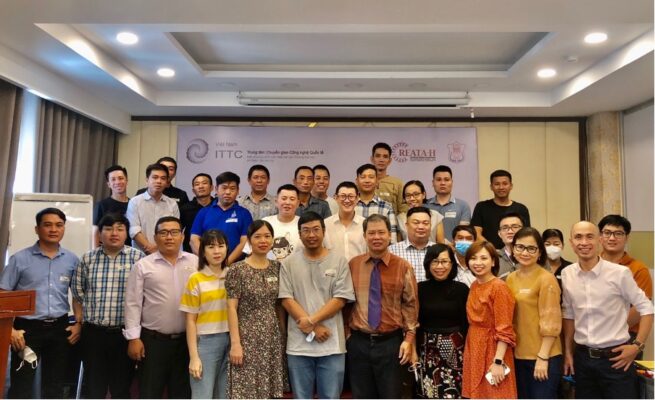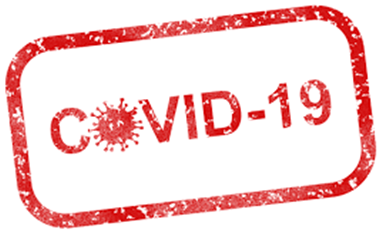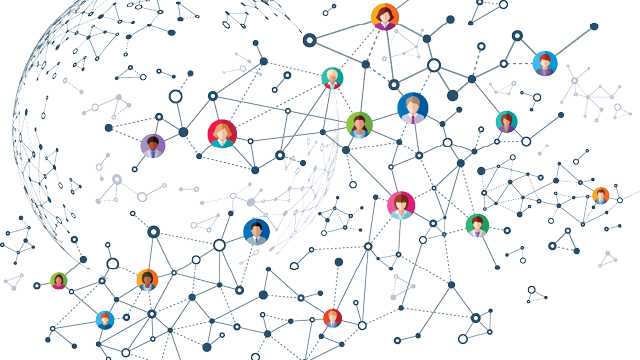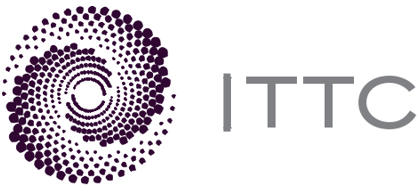
International Technology Transfer Center
A program of the International Consortium of Universities for Drug Demand Reduction
The ITTC Network develops and strengthens the workforce, organizations, and systems that provide substance use prevention, treatment, and recovery support services. Based in universities and research centers, ITTCs utilize a variety of strategies to accelerate the use of scientifically-based and culturally appropriate practices. The ITTC Network Coordinating Office in partnership with the International Consortium of Universities on Drug Demand Reduction (ICUDDR) unites the Centers into a mutually supportive network.
What does an International Technology Transfer Center do?
In order to transfer substance use prevention, treatment, and recovery innovations from research to practice, an ITTC works with its national and local governments to design and implement effective local drug demand reduction strategies that meet international standards. Substance use challenges, and the resources needed to address them, are unique to each country. Therefore, the specific efforts of each ITTC to enhance and support drug demand reduction will vary.
- Assessments to identify gaps,
- Target interventions engage in systems analysis and development,
- Conduct to address areas of highest need,
- Advise and work with policy makers at local and regional levels, and/or
- Facilitate change at multiple levels to reach international standards.
- Bring together stakeholders to dialogue and nurture synergetic use of resources,
- Facilitate co-creation of solutions to challenges, and/or
- Build relationships among diverse groups.
- Teach academic courses, deliver training and offer professional development opportunities,
- Provide skills coaching, mentoring, and technical assistance, and/or
- Develop educational products.
- Foster organizational development,
- Support the growth of multi-disciplinary leaders, and/or
- Focus on continuous improvement and sustainable advancements.
What is Technology Transfer?
Technology transfer closes the gap between the development and evaluation of substance use prevention, treatment, and recovery innovations and the use of those innovations by practitioners. Technology transfer activities include translating research into practical materials (e.g., curricula, algorithms, mobile applications); raising awareness about research-based innovations through teaching/training events (e.g., webinars, conference presentations) and dissemination activities (e.g., distribution of news bulletins, emails, reports); supporting organizations in trying to adopt innovations (e.g., helping to pilot test and evaluate the fit of an innovation in a particular setting); and facilitating full, sustainable implementation of research-based practices with fidelity (e.g., ongoing skill development and coaching/mentoring, policy change, organizational change).
What is the significance of the Network?
While each ITTC is unique, participation in the Network allows shared problem solving across the globe. The ITTC Network gives each ITTC access to international expertise on technology transfer, implementation science, and drug demand reduction. All materials created by Network members are shared: needs assessment and data collection templates, training materials and curricula, online courses and implementation guides are all available to members. The culture of the Network is collaborative and members support each other by discussing lessons learned, promising practices, and other knowledge. The ITTC Network Coordinating Office plays a leadership role in facilitating coordination, communication, and collaboration among the ITTCs.
General activity
Map of Substance Abuse Treatment Facilities in Vietnam
This is one of the meaningful activities of the ITTC network. The map of Substance Intervention Facilities in Vietnam is a search tool for substance abuse treatment facilities and support services integrated on Google Maps. Its purpose is to visually represent drug treatment facilities, hospitals, psychiatric clinics in all 64 provinces/cities nationwide. It includes details such as names, addresses, representatives, types of facilities, and services provided. With search and filter options, users can narrow down their search based on specific criteria (such as medical specialization, facility type, desired services, etc.). By integrating these features on the map, the service map can be instrumental in observing, evaluating, and subsequently developing healthcare infrastructure and resource distribution, as well as community health campaigns. Furthermore, viewers can easily identify the locations of treatment facilities near them, reducing travel time. Importantly, the service map is accessible on mobile devices, making it easier to search, especially while on the move.
The design of the Service Map provides essential information for those seeking treatment services at facilities that meet their needs, contributing to improving access and health awareness in the community. The limitations of the Service Map include contact information such as representatives and phone numbers, which may vary based on the location of each facility. However, details such as names, addresses, and services provided are fixed and less subject to change. Regular updates to the database will ensure that the information presented to viewers is as accurate as possible.
View: Map of Substance Abuse Treatment Facilities in Vietnam
Training
Research
Intervention
Document

International Technology Transfer Center
A program of the International Consortium of Universities for Drug Demand Reduction
CONTACT US
ITTC@ITTCnetwork.org
ITTCnetwork.org



